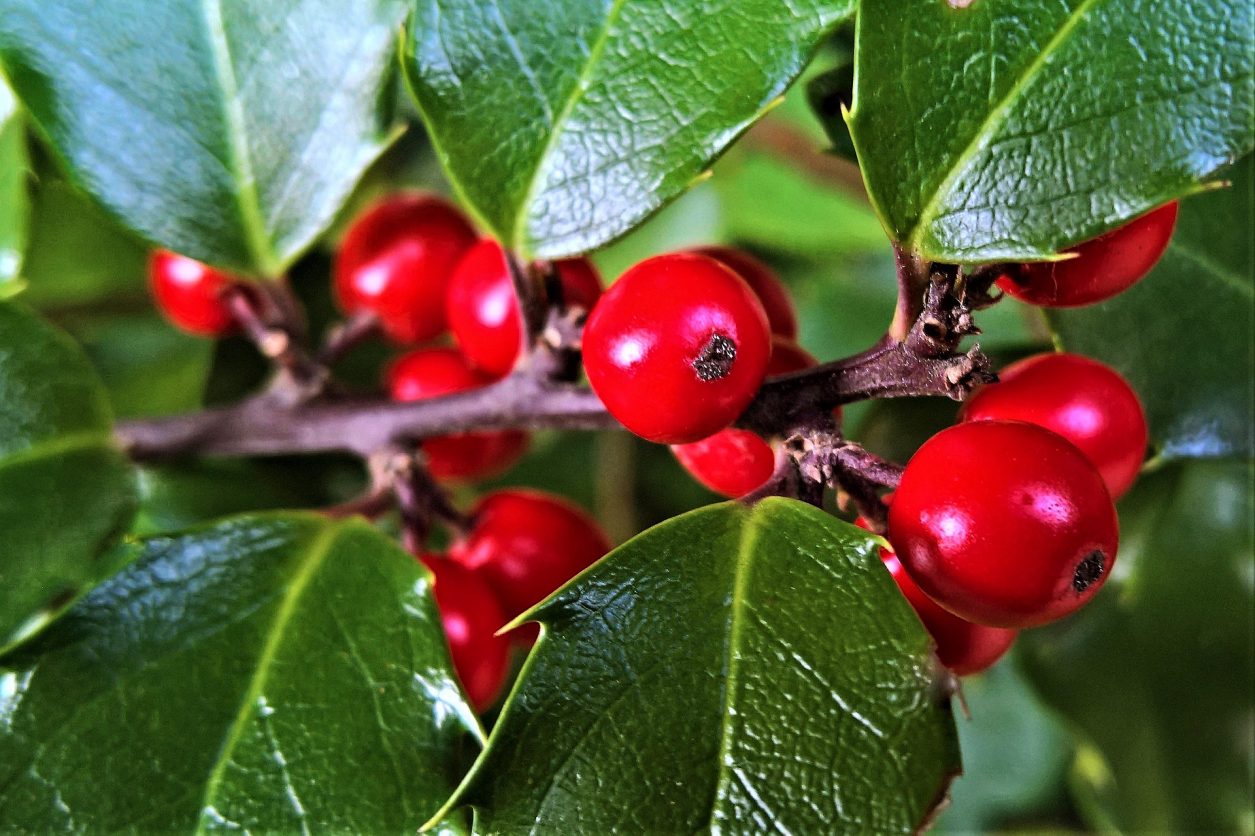
Damon Culbert of the Indian Fire Bowl Company has some great ways to fill your garden with blooms all year round. The same seasons coming round every year, the ability to remark on days getting shorter, the weather getting colder and the leaves falling off is something we engage in every 12 months. Though your garden can seem like an unwelcoming or drab place when the summer blooms have died off, this doesn’t always have to be the case.
Your garden can be filled with life and colour all year round by planting the right things that keep it looking bright and welcoming for wildlife even as temperatures plummet. To give you an idea of what would work best in your garden in winter, we at the Indian Fire Bowl Company carried out some research into Instagram’s favourite winter flowers. Using hashtag data, here’s the 5 most popular plants that thrive in cold conditions.
Top 5 winter plants on Instagram
Holly – 1,066,776 posts
Most favoured at Christmas time, holly bushes added dashes of colour throughout the colder months and provide much-needed food for birds that could be foraging in your garden. Fruit is scarce when the weather gets cold so birds like blackbirds and thrushes will be drawn to your garden to feed on the holly bush, keeping your garden full of activity.
Plant holly bushes in partial shade for the best results. These plants are fairly low maintenance and come in a variety of appearances, with leaves ranging from the traditional spiky shape to broader, softer leaves if you prefer.
Quince – 892,580 posts
Another fruit-bearing bush, flowering quince produces flowers in red, orange, pink or white before bearing fruit that will draw birds into your garden. Quince is a thorny shrub so it may not always be the best idea for your garden if you have children, however, the flowers make for a great display in those colder months where you may mostly admire your garden from the comfort of your home.
Quince bushes flower best in full sunlight so consider how the winter sun hits your garden before finding the perfect place to plant it.
Snowdrops – 364,112 posts
Snowdrops can come in a wide variety of sizes and colours but are named after their brilliant white blooms. They typically flower between January and March and are perennial, so should flower for several years. Snowdrops can survive very low temperatures and can even bloom through snow cover but planting them in partial shade and keeping the soil moist is the best way to care for them.
Pansies – 224,892 posts
Pansies come in a vast range of colours, with single- and multi-colour blooms offering you endless opportunities to bring your garden to life. They are also very hardy and can survive intense frosts. While they’re not so great at surviving hotter temperatures and so will often need replacing yearly, they’re an easy way to keep your garden looking cheery even when the weather isn’t.
If the frost causes blooms to die off, regularly deadhead the plant to encourage it to bloom several times in the same season.
Cyclamen – 176,684 posts
Hardy cyclamen produce intriguing upswept flowers in white, red, purple and pink. These flowers grow from tubers and are suitable to be planted in pots, as they are often kept as indoor plants too.
They also complement snowdrops well if used together in borders or flowerbeds and offer the chance to create stunning colour combinations you can enjoy throughout the winter. These plants can be regularly deadheaded to keep the flowers growing for longer.
Throughout winter, you should aim to keep your garden tidy to prevent fallen leaves and other debris causing slippery paths in icy conditions. You should also take care to wrap up shrubs and young pots plants that are vulnerable to frost to extend their life until the hotter months again.
Keeping your garden welcome to wildlife will also be essential for their survival during the winter, so be sure to cover ponds, leave out mulch and feed the birds.
Winter doesn’t have to be a time where your garden is bereft of life. As gardening becomes a reliable, calming pastime for thousands of households everywhere, maintaining colour and activity until summer comes around again could give us a better appreciation for our gardens and keep us occupied when opportunities to leave the



